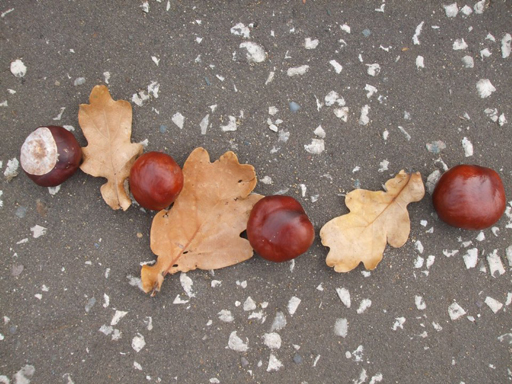1.3.1 Finding the beat
When a group of musicians play together, it is an element of rhythm, specifically pulse, that keeps them together. The way in which rhythm is represented in a score is crucial to a deeper understanding of it.
Rhythmic patterns are created through both note lengths, which relate to each other mathematically (half the length, twice the length, etc.), and accented notes that occur at predictable moments which we call a beat. It is often the rhythm patterns that articulate critical points in a musical score and can help our navigation and understanding of it. Repetition of patterns makes them memorable – consider Queen’s We Will Rock You or Ravel’s Bolero.
When you tap your foot to music, or dance, you are feeling the beat. Beats are grouped together in twos, threes or fours with the first in each groups being accented more strongly than the rest. The technical term for these groups is metre, but you will feel it as something like the difference between a waltz (in three time, omm-pa-pa) and a march (ONE-two-three-four). At the beginning of any piece there is a pair of numbers that looks like a fraction. This is called a time signature and the top number is a good indicator of the number of beats in a bar to expect. There are much more complicated types of metre, but you don’t need to worry about them here.

